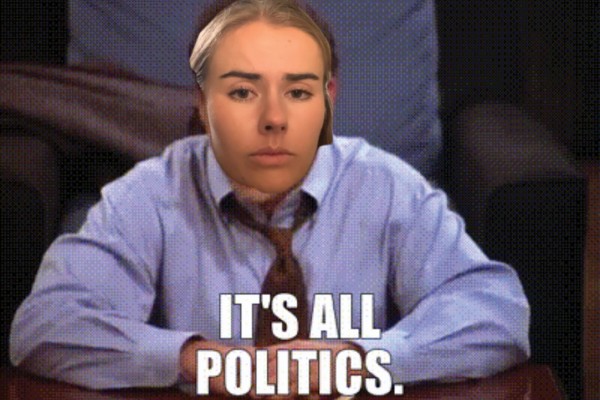“It’s all political.” That’s what Chlöe Swarbrick told me when I said to her that we’d focus on the ‘Politics’ section of the Critic census in our interview. Two weeks later, the words were ringing in my ears as I edited the fashion issue.
Fashion is political in more ways than one. I first encountered it through fast fashion. A hobby of mine in high school was browsing the mall, Starbucks in hand, to spend the pocket money I’d earned in my tutoring job. Christmas shopping with my grandma looked like trying on everything in Glassons, stretching the $100 budget across as many items as I could (the G-rated dollar to standard ratio).
Then my social studies teacher taught us about globalisation. We watched a documentary on how denim is made, learning about the methods brands like Levi’s and Nike use to squeeze as much profit out of their products as possible, at the detriment of workers and the planet. A few years later, I dove deeper into the topic in a university project. By the time I’d finished, looking at my fast-fashion dominated wardrobe made me feel nauseous. I’ve since made an effort to shop local, investing in higher quality items.
Grace’s personal essay in this issue on romanticising getting ready, part of everyone’s morning routine, offers another perspective on the political nature of fashion. Beneath the facade of the resulting girl mess – a discarded jumper here, pile of not-quite-right pants there – are the internal struggles of how you will be perceived, and the historical remnants of when functionality was denied to women. Pockets and pants were once too frightening on a female body.
The thread continues in the feature Grace co-wrote with Features Editor Hanna about the art of dressing for resistance. It’s not just about the practicalities of not wearing a belt to a protest, lest it be taken from you when you’re arrested and you leave the police station with your pants around your ankles. It’s the loud and proud rainbow attire of trans rights protestors; black t-shirts on Thursdays; the keffiyeh and watermelon colours at Palestine rallies; and tauira Māori expressing their identity through wearing pounamu.
Chlöe’s words grew especially poignant in the aftermath of the Exec’s decision to abandon BDS, a movement that fundamentally relies on purchasing power as an act of protest. As with the disconnect between our day-to-day lives and the genocide raging on the other side of the world, globalisation has meant that we can’t reconcile what we consume with the hands that made it – those systems infused with the sweat of slave labour and blood money profiting off violence.
What’s also political is the Exec balancing considerations of adopting a policy that would put it further into debt, more than it already is (which is a lot). They have a duty to a student body who are really struggling as a result of successive political decisions that have landed them in rotten, icy flats, relying on pennies from the government, and working increasingly longer hours at part-time jobs to make ends meet. It’s pretty hard to provide services to help students if you don’t have the budget to back it up.
What’s clear from this issue is that the clothes we put on our body make a statement (I was definitely making some kind of statement when I wore denim shorts over three-quarter leggings with lace trim in primary school). Like so many things, fashion is not as simple as it may seem. It’s more than just what we wear; it’s history, it’s resistance; it’s protest. So yeah. It’s all political.



